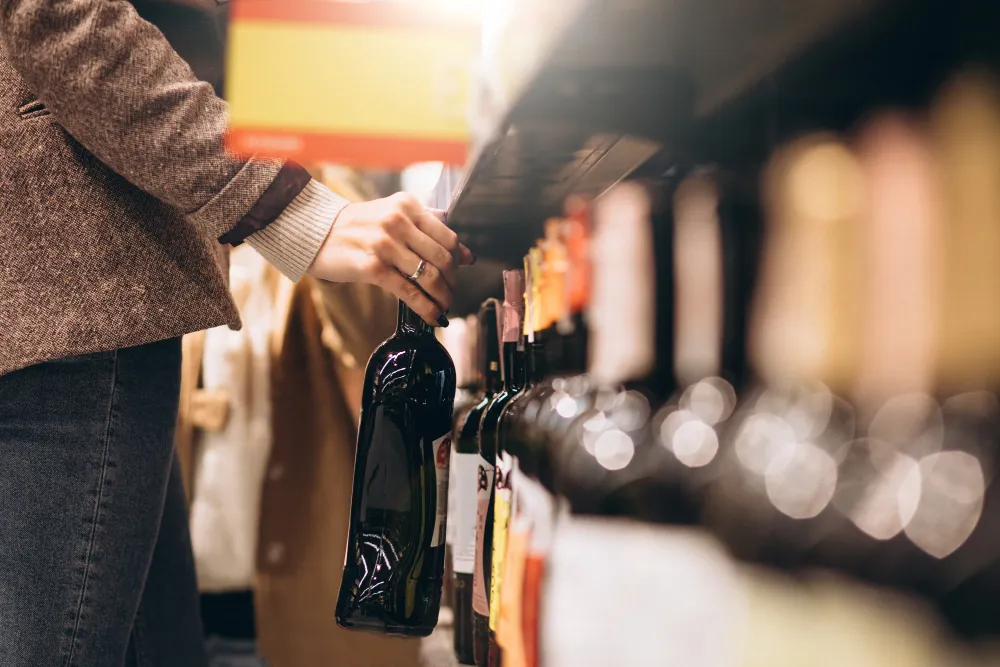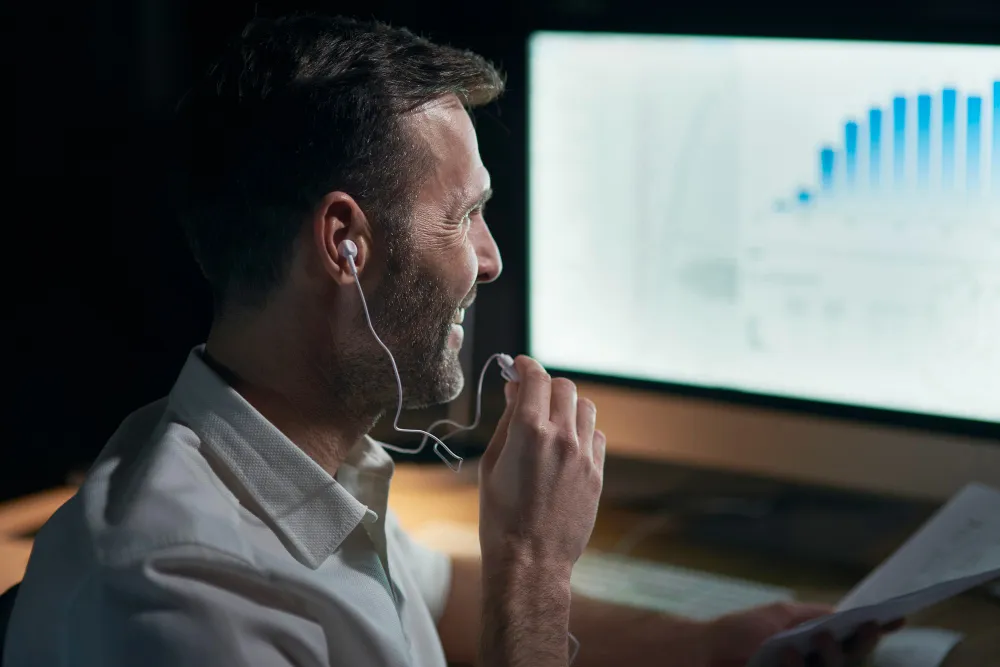Building Wealth with Passion: Investing in Wine & Art
Investments in physical products such as wine and art still have their place in the modern world—check out tips to maximize returns!
See How to Build Wealth with Luxury Items
Investments in stocks, bonds, and real estate funds are well-known paths to building wealth in America.

However, there is growing appeal in alternative funds such as fine wines and works of art. Far beyond status symbols, they serve as solid vehicles for financial growth.
The Growth of Passion Assets in the U.S.
In the United States, the market for “passion investments” has been growing significantly.
According to reports from global consultancies, assets such as rare wines, works of art, and even luxury watches have outperformed traditional indexes during certain periods, especially in times of economic uncertainty.
Part of this growth is linked to investors’ pursuit of diversification.
In a scenario where stock markets can be highly volatile and inflation erodes returns, alternative assets offer a way to preserve value over the long term.
Investing in Fine Wines
The fine wine market is now one of the most structured segments within the universe of alternative investments.
In the U.S., specialized platforms allow investors to acquire shares of bottles or entire lots, stored under ideal conditions until they appreciate in value.
Why Are Wines Valued?
- Natural scarcity: Each vintage is limited, and as bottles are consumed, supply decreases.
- Reputation: Renowned producers have a consistent history of appreciation.
- Global demand: Collectors and luxury consumers worldwide compete for the best labels.
Returns and Risks
Indexes such as the Liv-Ex Fine Wine 100, a global benchmark for this market, show that high-quality wines can outperform some stock indexes in terms of profitability.
However, it is important to remember that investment requires knowledge of vintages, regions, and storage. A poorly preserved bottle can quickly lose value.
For beginner American investors, the safest path is to turn to specialized wine investment platforms that handle acquisition, certification, and storage of the asset.
The Art Market as an Investment
If wine offers sophistication and exclusivity, art adds even more diversity to an investor’s portfolio.
In the U.S., renowned galleries in New York, Miami, and Los Angeles, along with major auction houses such as Sotheby’s and Christie’s, move billions of dollars annually.
Why invest in art?
- Established and emerging artists often generate significant returns over time.
- Even in times of instability, art is seen as a refuge against financial crises.
- Beyond financial appreciation, works of art provide status and cultural relevance to the buyer.
How does it work in practice?
Investing in art requires caution. The market is heavily influenced by trends, reputation, and scarcity.
To minimize risks, many investors in the U.S. have turned to art funds or platforms that fractionalize ownership of a work, allowing access with smaller contributions.
Thus, instead of acquiring a million-dollar painting alone, the investor participates in a digital consortium, with future liquidity guaranteed through auctions.
Passion and Rationality Walking Together
The great differentiator of investing in wine and art lies in the emotional aspect. While stocks or bonds may seem distant, a rare bottle or a painting on the wall connects the investor to the object of value.
This connection strengthens engagement and encourages study of the sector, which can lead to more informed decisions.
However, it is essential not to be guided only by passion. The alternative assets market is complex and requires careful analysis of aspects such as liquidity, storage costs, auction fees, and the risks of counterfeiting.
Challenges of Investing
Despite the potential for appreciation, investing in wines and art also brings important challenges:
- Resale time: Finding the right buyer and securing the best possible value can take time.
- Extra costs: Daily expenses include storage, transportation, and insurance, which raise the invested value.
- Risk of forgery: Both in wine and in art, rigorous certification is essential.
- Restricted access: Many works are available only to ultra-high-net-worth investors.
Future Opportunities
With the advancement of technology, new ways of investing in wines and art have emerged in the U.S.
Digital platforms provide simplified access, while NFTs and asset tokenization allow investors to acquire digital fractions of a rare work or bottle.
This movement democratizes access, making investment feasible even for those without millions available.
At the same time, it opens room for greater liquidity, since these tokens can be traded on secondary markets.






